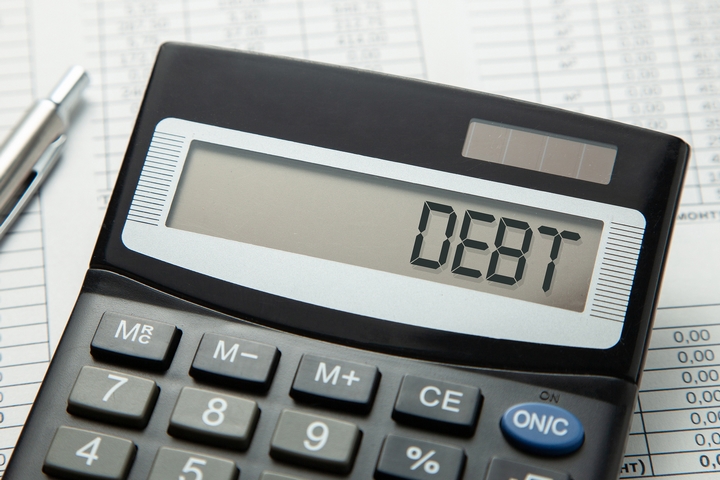The very idea of debt repayment can be a headache for any individual. Whether it comes in the form of credit card or mortgage repayments, you are bound to encounter debt at some point. Many financial experts have devised ways in which you can tackle these obligations right off the bat. However, no two situations are the same.
What works for one person’s circumstances, may not be so viable for another individual. If you are having trouble trying to determine what strategy might work, consider using the debt snowball method. How does this technique work?
Here are the six ways on how to snowball debt quickly and effectively:
1. Snowballing Debt

Think of the very idea of a snowball first and foremost. You grab a handful of snow during the winter, and roll it into a ball. If you are on top of a hill, let this snowball roll down. With enough speed, the ball will get bigger and bigger before it reaches its destination. This same sentiment can be attributed to this particular strategy.
In essence, snowballing your debt works by building motivation for repaying all of your debts. Sometimes, it is isn’t viable to pay off larger debts by lobbing huge sums of money at it. Begin with getting rid of the easiest debts like payday loans, and then use that repayment motivation to tackle the larger liabilities.
2. Organizing Your Debts

Organization is essential in how to snowball debt. Of course, it isn’t recommended to just start repaying a random portion of your debt. With the snowball strategy, you’ll first have to get your financial affairs in order. For simplicity’s sake, organize all of your applicable debts into one, comprehensive list. You should list your smallest debts at the top of a document, with larger debts being listed at the bottom.
Don’t take interest rates into account just yet. Take the principle amount of each debt, and arrange them accordingly. The moment you see the smaller debts at the top of your list, the easier it will be to know where to start. Psychologically, this is already beneficial before you start the real work!
3. Minimum Payments

The next part of the snowball technique involves making your usual minimum payments. Continue making these payments as you normally would, allocating all funds you can towards the debt. This should be done until one of your smallest debts is repaid in full. Then, you can shift your focus to another smaller debt.
One of the advantages you now have is that you have some extra cash on you. By repaying one debt, you can now use the money you used prior, and put it towards the next debt. As long as you stay consistent with this method, the smaller debts will diminish in time. Don’t forget to keep making your minimum payments on the other debts as well!
4. Finding Extra Money

Although having extra cash on you will be a major benefit, it might sometimes not be enough. As such, you should try to find a way to make some extra money. If time permits, consider getting a part-time gig, to help bring in another stream of income. Or, sell some of your older belongings and accessories that you no longer need.
With enough patience, you’ll be able to make sufficient amounts of money. When you do, use a portion of the new funds, to lower down the remaining smaller debts. If possible, you can use all of the new income to pay off said debts. The faster you pay down these smaller debts, the better you can capitalize on your momentum.
5. Keep Snowballing

The main crux of this strategy involves repeating it until you are essentially debt free. After you keep up with your minimum payments, dedicate a portion of your funds to one, specific debt. With that debt now gone, use your momentum to pay off the next debt in question. The trick here is to stay consistent.
Roll over the payments you used towards one debt, and apply it to the next one. The more you pay off, the more money you gain, which can be used for repayment purposes. Maintaining the motivation here is key!
6. Repeat The Formula

Snowballing your debt doesn’t have to be difficult. For a fast, and relatively efficient means of eliminating debt, always start small. This tricks the brain into thinking that your debts can be handled easily. You’ll see the effects firsthand when you get rid of your debts, in addition to discovering some extra money in your wallet.
Everyone’s financial circumstances will vary. If a snowball debt strategy doesn’t work for one, it may drastically improve someone else’s situation. For your own interest, organize your debts into the aforementioned document. Then, proceed with the strategy, if it is applicable to you!

